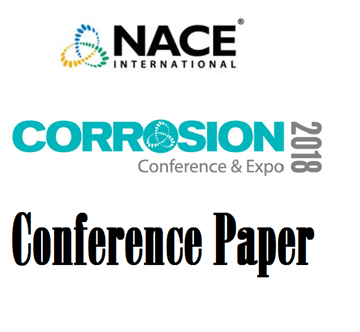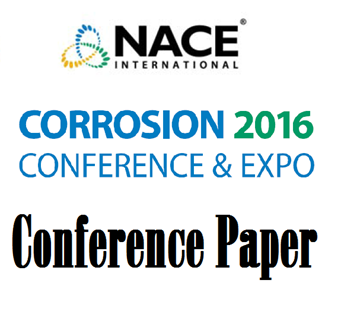Search
Developing a Life-Cycle Cost Analysis Framework to Evaluate the Cost-Effectiveness of Hydroelectric
Also Purchased
51318-10673-Expected Service Life and Cost Considerations for Maintenance and New Construction Protective Coating Work
Product Number:
51318-10673-SG
Publication Date:
2018
$20.00
06318 EXPECTED SERVICE LIFE AND COST CONSIDERATIONS FOR MAINTENANCE AND NEW CONSTRUCTION PROTECTIVE COATING WORK
Product Number:
51300-06318-SG
ISBN:
06318 2006 CP
Publication Date:
2006
$20.00
51316-7422-Expected Service Life and Cost Considerations for Maintenance and New Construction Protective Coating Work
Product Number:
51316-7422-SG
ISBN:
7422 2016 CP
Publication Date:
2016
$20.00




